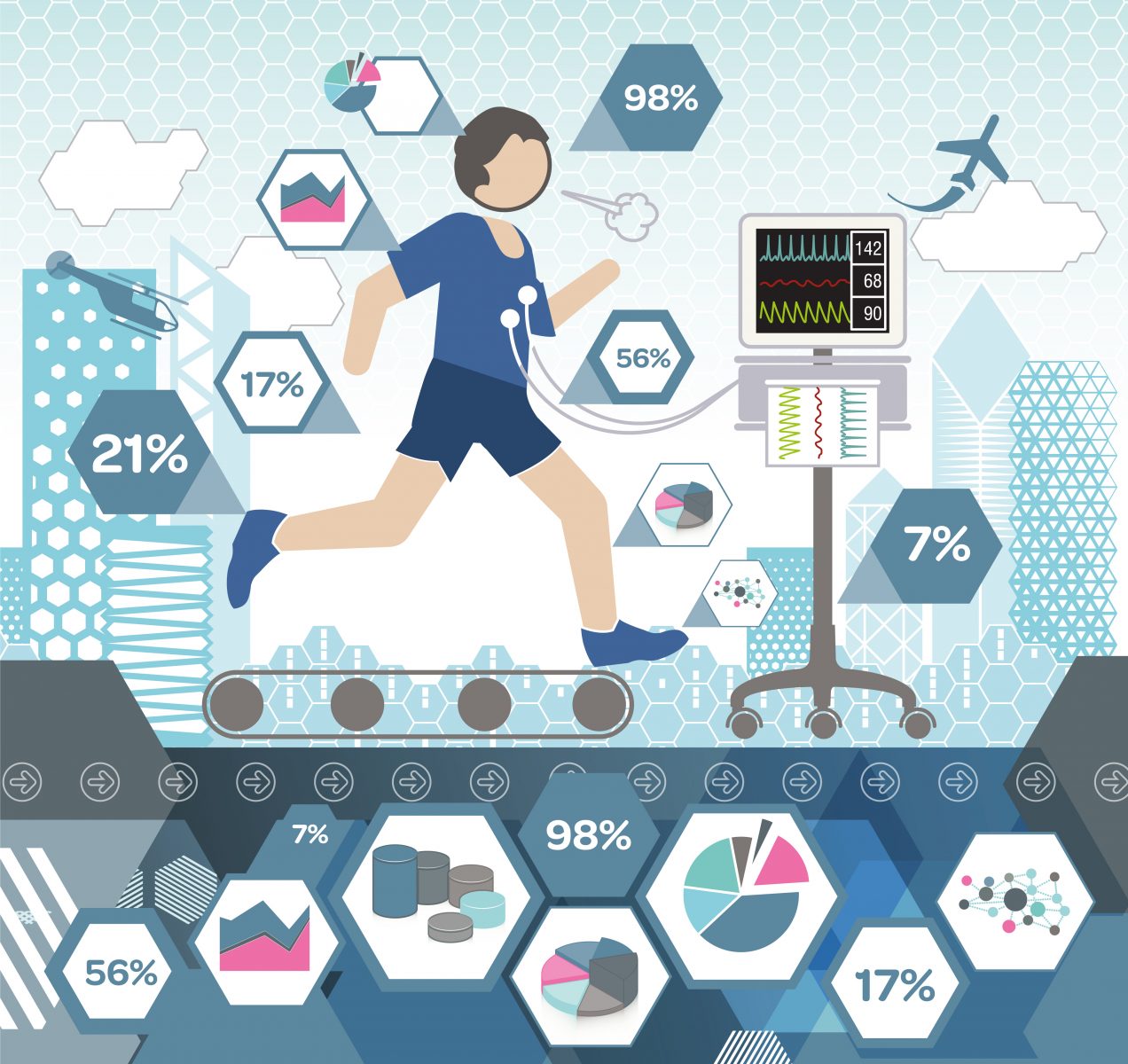#IARC2017 – Exercise Stress Tests Can Be Valid Part of FA Studies if Adaptive Equipment Used

Clinical trials to assess changes in the motor skills of Friedreich’s ataxia patients can and should include physical tests — specifically, the so-called exercise stress test performed on adaptive equipment, a new study reports.
The study was presented by Kimberly Lin of The Children’s Hospital of Philadelphia and the Perelman School of Medicine at the University of Pennsylvania in the presentation, “Exercise stress testing on adaptive equipment is feasible and reliable in Friedrich Ataxia.” She spoke on Friday at IARC 2017, the International Ataxia Research Conference taking place in Pisa, Italy, through Saturday.
Developing treatments for Friedreich’s ataxia requires that researchers effectively measure changes that are of clinical relevance in terms of a patient’s neurologic and cardiac function.
Motor functions, for example, have been measured with traditional exercise equipment, but these are poorly suited to people with significant gait and balance problems.
Lin and her team looked at the efficacy and reliability of exercise stress test performance using adaptive equipment with Friedreich’s ataxia patients.
“There is precedent for the use of exercise stress test parameters as an outcome measure in clinical trials for other disease processes,” Lin said in her presentation. “A change in exercise stress test performance can feasibly reflect an intervention’s effect on neurologic, cardiac, and/or global functioning.”
This study enrolled people with a genetically confirmed Friedreich’s ataxia diagnosis, who then underwent escalating exercises targeting cardiopulmonary activity.
Tests were performed on either an arm or a recumbent leg cycle ergometer (a fixed cycling machine) at baseline and again at visits two weeks, four weeks, and one year later.
Patients were advised to pedal at a constant rate, during which researchers measured parameters such as maximum work rate, oxygen consumption, oxygen pulse, and anaerobic threshold, a reliable and powerful predictor of performance in aerobic exercise.
In total, the study enrolled 23 Friedreich’s ataxia patients, with a mean age of 19.
Of this number, 91 percent (21 patients) completed a maximal exercise stress test, meaning that they achieved the target heart rate, exercise level, or time limit established for each patient.
Only two patients could not keep a steady pedaling, and they failed to reach the maximum goals in attempts on either of the two types of exercise equipment used.
“Test-retest reliability of exercise performance in Friedreich’s ataxia appears strong, along many traditional parameters using recumbent leg ergometry, and peak work parameters when using arm ergometry,” Lin said Friday.
“Many (though not all) Friedreich’s ataxia patients can complete an exercise stress test on adaptive equipment with nicely reproducible results,” she added.
Based on the results, Lin concluded that “exercise stress test on adaptive equipment shows promise as a reliable outcome measure for clinical trials.”
Among her immediate plans, Lin said, are to further explore the correlation between specific scores and exercise performance, to “complete and describe [a] one-year natural history of exercise stress test performance,” and to further investigate “the molecular modifiers of exercise performance in Friedreich’s ataxia.”






